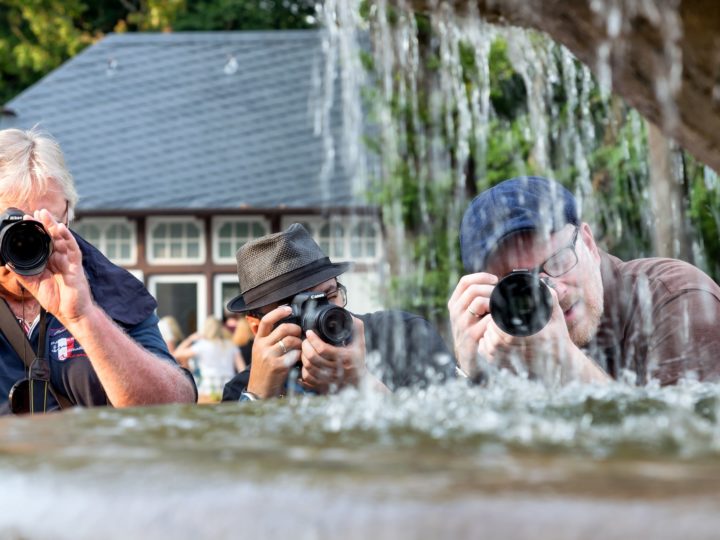
Worm struggling with artificial grass
When we first heard about the craze for plastic lawns a few years back, we thought it would be a bit of a fad. But now, plastic lawns are slowly covering over gardens countrywide, and it seems to be a growing problem (ironic, isn’t it?).
Carpet showrooms now often stock astroturf alongside their regular, indoor offerings. Are the days of visiting a garden centre for horticultural supplies numbered, will we soon instead visit a well known Swedish furniture company to purchase plastic foliage that requires no attention other than an occasional dusting? But why are we choosing artificial lawns over real ones, and what affect is this having on our living environment.
The pros of an artificial lawn
Let’s not disregard the huge advantages a fake lawn brings – you can lose the lawn mower, never buy fertiliser again, and rely on a lush year-round green space in the garden. It’s tough too, no risk of children or pets causing any damage and the man-made material is highly durable.
It’s the ultimate low-maintenance solution, meaning that users have time in the garden for other chores that normally come after lawn care tasks. An artificial lawn is instant too, much like a more conventional turf, you could argue though that it’s reusable too, if you’re prepared to move house with it.
The disadvantages of plastic turf
Firstly, and probably the most off-putting consideration is the extraordinary cost of installing an artificial turf. Often, groundworks are required to ensure adequate drainage and a solid foundation. An entry level artificial turf can start at around £5 per square metre, which is around 10 times the cost of seed.
Also consider the environmental implications. Not only does manufacturing a plastic lawn use up fossil fuels and valuable natural resources, but you’re also converting green, photosynthesizing space into something which does about as much for CO2 utilisation as concrete does.
There’s drainage to think about too – if your lawn isn’t properly installed a heavy rain shower can quickly create a puddle as less permeable surfaces can trap some water. A grass lawn with a strong root structure, however, will be able to drain away excess water on most soil types.
Sports players may love the sound of this, but football clubs have reported a correlation between artificial playing surfaces and increased knee and joint injuries. Reuters have more on this.
Conclusions
If budget isn’t a barrier, there are some useful advantages to using an artificial grass. However, financial costs aren’t the only issue with these 21st century lawns – environmental and health problems also should be considered.
Ultimately, to keep your garden as natural as you can, you can’t beat a good old fashioned real grass lawn.




